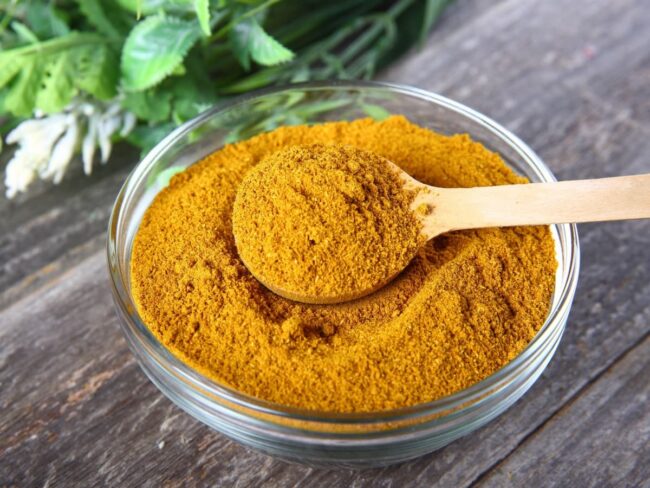2 Main Groups of Alternatives to Berbere Spice
Berbere spice defines Ethiopian cuisine with its fiery, aromatic blend of chili, ginger, and warm spices.
When a substitute is required, spice mixes, ground chili blends, or fresh ingredients can recreate its complex layers.
Some alternatives lean toward a smoky finish, while others brighten the dish with a citrusy undertone.
The right balance of heat and depth ensures the flavor stays authentic.
What Is Berbere Spice?
Understanding Berbere spice opens a door to rich culinary experiences.
This blend, deeply rooted in East African cuisine, particularly from Ethiopia and Eritrea, stands out due to its bold flavors and warm aroma.
The heart of Berbere lies in dried red chilis and black pepper, which deliver heat that excites the palate.
Additional spices enhance this mix: ginger adds zestiness with a touch of sweetness; coriander introduces citrusy notes; cumin contributes an earthy warmth; while fenugreek enriches the depth with its slight bitterness.
The unique characteristics of this spice include subtle sweetness balanced by warm flavors, complex spiciness layered from various ingredients like garlic and nutmeg, as well as an enticing aromatic profile that awakens the senses before cooking begins.
Alternatives to Berbere Spice
Spice blends add depth to various dishes. Berbere spice, known for its warm and complex flavor, can sometimes be hard to find or replicate. Different alternatives exist that can bring similar warmth and richness to your cooking.
Common Spice Blends
Creating tasty dishes without Berbere spice is possible using various other blends.
Curry powder brings an earthy and spicy flavor, thanks to turmeric, cumin seeds, and coriander.
Ras el Hanout offers a North African twist with cayenne pepper, paprika, and cinnamon along with unique additions like nutmeg and cloves that enhance complexity.
Garam masala serves well too; its mix of cardamom, cinnamon, cloves, and nutmeg fits perfectly in many recipes.
Tandoori masala can bring similar heat to your meals due to cayenne pepper combined with garlic and ginger for depth of flavor.
Each option provides a distinct taste experience while keeping the essence alive in your cooking.
Individual Spices
Customizing a Berbere spice blend offers a fun way to match flavors with personal preferences and pantry items.
Key spices form the foundation of this blend.
Cayenne pepper delivers the essential heat, while paprika contributes color and smokiness, keep its amount lower than cayenne to maintain that kick.
Warmth comes from cinnamon, cardamom, and cloves, which add sweet fragrance reminiscent of traditional Berbere.
Basic seasonings like salt enhance overall flavor, while black pepper introduces an extra zing.
Experimentation is encouraged when crafting your own version; consider adding allspice or nutmeg for depth or turmeric for vibrant color.
Garlic can also provide a savory touch that enriches the mix further.
How Berbere Spice Is Used in Cooking
Berbere spice enhances many dishes, making them taste amazing.
This blend finds its way into a variety of recipes, including meats and vegetables.
In Ethiopian cooking, it often seasons meat dishes like Doro Wat, a spicy chicken stew that showcases bold flavors.
Tibs also highlights this spice; marinating lamb or beef in berbere not only tenderizes but also adds great taste to the grilled meat.
Vegetable-based meals benefit too when this spice is mixed into curries or soups.
Lentil and chickpea curries become delightfully spicy with just a bit of berbere added in.
Even rice can shine with some seasoning; mixing it with berbere-infused oil turns plain rice into an exciting side dish.
How to Store Spice Substitutes
Maintaining the quality and flavor of spice substitutes is crucial for enhancing any dish.
Storing dry rubs and spice substitutes in airtight containers helps preserve their freshness.
A cool, dark place away from sunlight and moisture works best for these items.
Whole spices like peppercorns can last up to four years when stored correctly, while ground spices such as onion powder have a shorter lifespan of about two years.
Before using older spices, check their aroma and taste to ensure they are still good.
For sauces infused with spices, refrigeration after opening is important; always use clean utensils to avoid contamination that could spoil them faster.
Toasting your spice substitutes lightly in a skillet over low heat can bring out their unique flavors before adding them to dishes like lentils.

